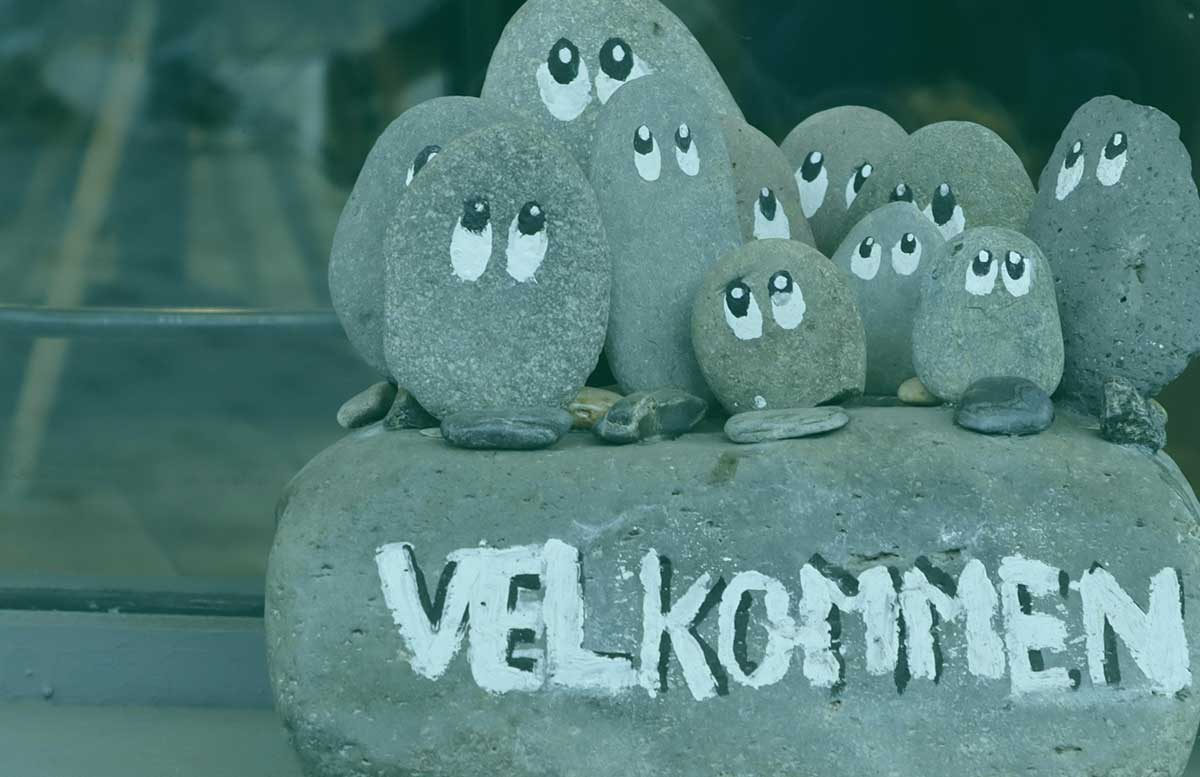
The sun sets in Chiang Mai. You're debugging a critical feature, the glow of your laptop screen competing with the golden hour. Next month, you'll be planning a sprint from a co-working space in Lisbon. Who knows where you'll be the month after that. Perhaps you'll be pushing commits from a coffee shop in Buenos Aires. This is the life a digital nomad software developer, whose office is wherever their laptop lands.
But let's be honest: While Instagram may flood us with images of devs living their best lives from paradise, the reality is far more complex. Staying productive while country-hopping is quite hard. You need to have a sustainable system that allows you to write exceptional code while equally embracing the freedom of geographical independence.
That's what we'll cover in this article.
- Before the Move
- The First 48 Hours
- About Deep Work
- Maintaining Code Quality
- The Emergency Protocol
- The Global Dev Stack
Before the Move
Being a successful digital nomad developer starts before you arrive in a new country. Before you even pack your bags. The preparation phase often goes underestimated, but it makes the difference between a smooth transition and a productivity nightmare.
In essence, you need to create a "pre-flight protocol." That's not just a simple checklist. It's a comprehensive system designed to ensure continuity in your work.
First, document your current work project's status. Write down or create screencasts of complex features you're working on. Write detailed comments in your code. Update your team's knowledge base. In essence, create a little time capsule that anyone (including future you) can open to immediately understand the state of your work.
Next, technical stuff. Create a local dev environment that can function without internet access. Download essential codebases, update your development tools, and make sure that your licenses will work in different locations. Test your VPN access by matching your destination.
The best way to prepare yourself is to create redundancy in every critical system you need for work. This is the 2-2-2 rule: Have two ways to charge your devices, two ways to connect to the internet, and two ways to back up your work.
Think adapters, portable power banks, local SIM cards, cloud storage, physical drives, et cetera. While this redundancy may seem excessive at first, do you really want to be in a situation where you need to meet an important deadline but you're in a place where the power has just gone down?
The First 48 Hours
The first 48 hours are about creating the foundation for your productivity in this new location. First, scout your immediate environment. Test the internet speed in your accommodation. Don't just rely on speed test number, but do a few real-world tests: Try a real video call, push a commit, pull up your team's project management board.
Once that's established, identify the best spots for different types of work. Maybe the morning light makes the kitchen table perfect for early coding sessions. Maybe there's a quiet coffee shop nearby with good internet for calls in the afternoon. Create a productivity map of physical locations.
But don't stop there just yet. Find at least three backup workspaces within walking distance. Rate them based on internet stability, noise levels, power outlet availability, and comfort for long coding sessions. If something happens, you want to have a backup plan.
About Deep Work
Maintaining focus while traveling requires more than just good time management. It requires that you create so-called "focus bubbles." These are portable environments that signal to your brain it's time for deep work, regardless of your physical location.
The secret lies in creating multi-sensory triggers that you can replicate anywhere. For example, you sit down with a hot Americano, put on your headphones, and start your favorite focus soundtrack. It's now time to code. Repeat these triggers every time you start a deep work session and it will quickly become much easier to get into the zone.
Maintaining Code Quality
Writing clean, reliable code becomes an entirely different challenge when you're dealing with unstable internet connections or working from a beach-side café in Bali. You don't want to push a commit over a shaky connection or lose work due to a power outage. Digital nomad developers need to think a little differently about maintaining code quality.
For one, it's a good idea to be a bit more aggressive about version control. Commit often. Really often. Every significant logic change needs to be committed. Think of it as saving your game in a really difficult game. You want to save your progress in case something unexpected happens.
But frequent commits are just the beginning. The real game-changer is setting up a proper cloud development environment. Tools like GitHub Codespaces or Gitpod can be lifesavers for a nomadic developer.
But the most crucial aspect for maintaining code quality while traveling is the "offline-first development strategy." Despite it being the 2020s, internet connectivity can be unreliable in many (otherwise modern) places. Your development workflow needs to function seamlessly whether you're working with a high-speed connection in Singapore or dealing with spotty WiFi in a remote Portuguese village.
The Emergency Protocol
The DEFCON system for digital nomads is a comprehensive framework for handling every emergency, whether that's a minor inconvenience or a major catastrophe. Let's imagine this scenario: You're in Medellín, it's deployment day, and suddenly your internet drops completely. Your phone's hotspot isn't working, and you have a critical deadline in two hours.
This is where having a predefined emergency protocol becomes invaluable. Instead of panicking, you grab your pre-packed emergency kit that includes a mobile hotspot with a different carrier, head to your pre-scouted backup workspace (that café three blocks away with fiber internet), and notify your team through your mobile data backup communication channel.
The key to effective emergency protocols is preparation and redundancy. Every critical system needs a backup, and every backup needs a backup. Your emergency kit should include:
- A mobile router with pre-loaded data plans for multiple countries
- A powerful portable battery that can run my laptop for hours
- A small cellular tablet that can function as an emergency development device
- An established communication protocol for various types of emergencies
The Global Dev Stack
Your tech stack as a nomadic developer needs to be both more robust and more flexible than what you'd use in a traditional setting. First to consider is your development environment. Cloud-based IDEs aren't just convenient tools, they're your insurance policy against hardware failure.
Next are your communication and collaboration tools. These need to be reliable across different internet conditions and time zones. Asynchronous communication tools are particularly crucial. These are tools that can handle offline periods gracefully and sync when connectivity returns.
Finally, there are your "productivity amplifiers." The tools that help you maintain focus and efficiency regardless of your environment. This includes everything from noise-canceling headphones to time zone management tools that help you visualize team overlap hours.
It's an Exciting Life
The path of a digital nomad developer is not for everyone. Being a digital nomad requires a unique blend of technical expertise, adaptability, and self-discipline. To those who choose this path, whether for a few months or a few years, working while traveling the world offers an unparalleled opportunity to grow both professionally and personally.
Success as a nomadic developer isn't just about working from beautiful locations (though that's certainly a nice perk). It's equally about maintaining professional excellence while traveling. It's about building systems that travel with you and create stability within movement.
Of course, everyone's journey as a nomadic developer will be unique. Use the above strategies as a foundation, but don't be afraid to adapt them to your own needs and circumstances. The most successful nomadic developers are those who learn to balance the excitement of exploration with the discipline of consistent, high-quality work.
The world is your office now. Your commits can come from anywhere, your pull requests can be pushed from paradise, and your standups can happen from stunning locations. But at the end of the day, what matters most is not where you work from, but the quality of work you deliver and the sustainable lifestyle you create for yourself. Good luck.
TABLE OF CONTENTS



